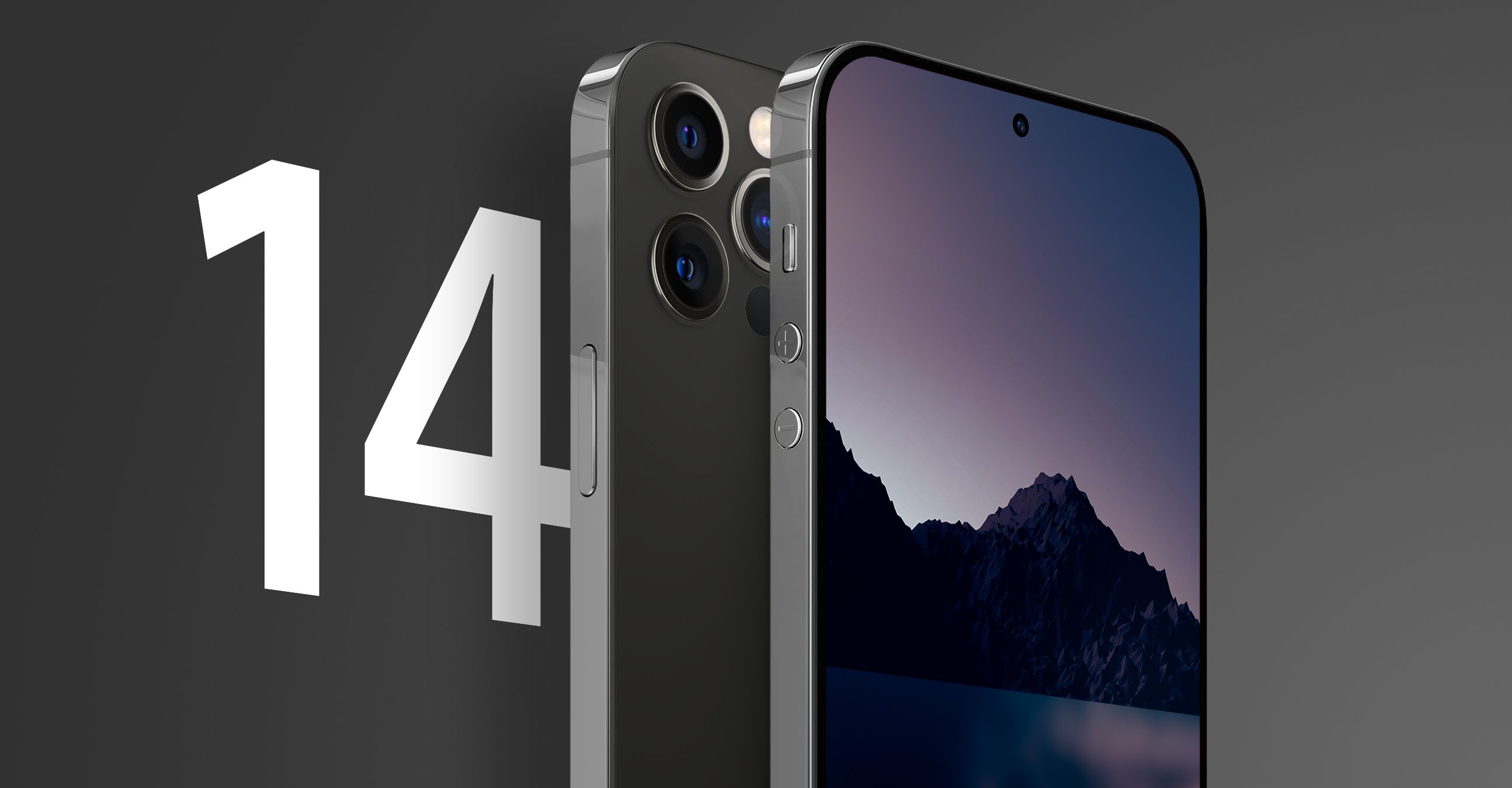Already in use on some Android smartphones like Samsung's Galaxy S21 Ultra, pixel binning merges data from multiple smaller pixels on the camera's image sensor into one "super-pixel" for improved low-light sensitivity.
Pixel binning is beneficial because simply increasing a smartphone camera's megapixels while maintaining the same camera sensor size results in smaller pixels, which generally capture less light, leading to lower-quality low-light photos. Pixel binning would allow iPhone 14 Pro models to shoot high-resolution 48-megapixel photos in bright conditions and 12-megapixel photos in low-light conditions that are still of high quality.
See
How the iPhone 14 Pro's Upgraded 48-Megapixel Camera is Expected to Work#
technology #
photography #
pixelbinning #
mobilephotography 
It has once again been rumored that next year's iPhone 14 Pro models will feature an upgraded 48-megapixel primary camera (the "Wide"...